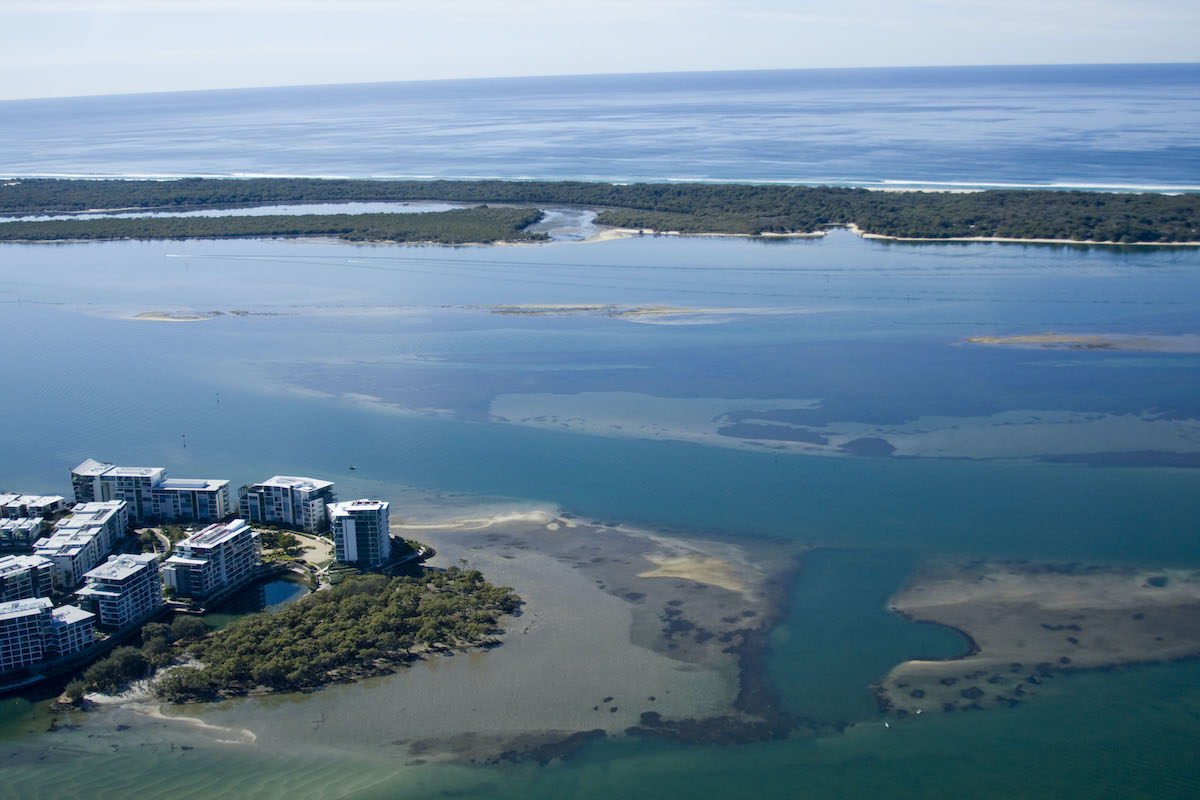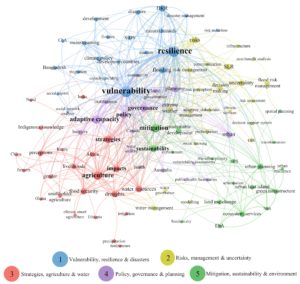
Griffith University, CSIRO and Australian National University are all in the top five institutions globally for publishing climate change adaptation research a new study has found.
From more than 11000 papers (published during 1978-2020), Griffith University researchers identified the top five key institutions as Wageningen University, Chinese Academy of Science, CSIRO, Griffith University, and Australian National University.

“That Griffith University is ranked
4th globally for publishing on climate change adaptation is a significant achievement and shows how our consistent efforts to invest in climate adaptation science have placed our university among globally leading institutions in this field,” said Dr Johanna Nalau a co-author of the paper from the Cities Research Institute.“Our aim was to understand who the big players are in this field, how the research focus has evolved over time, who is collaborating with whom, which journals are really influential in this field, and which institutions publish the most on climate change adaptation.”
The research, published in Climate Risk Management, is part of Dr Nalau’s Australian Research Council Discovery Early Career Research Award project looking at the development of climate change adaptation as a topic of scientific inquiry, with an eye to identifying which principles are most helpful and applicable in decision-making, policy and planning processes.
“The climate change adaptation field is growing so rapidly, with an annual growth rate of 28.5%, that it’s impossible for a single author or assessment process to stay across who is publishing what and where the key learnings are within this literature,” Dr Nalau said.

“This is where these large reviews of the literature can be helpful, providing a starting point for discussions on what has and is happening in the field.”
The researchers used algorithms to tease out of literature databases the large trends woven into the vast number of publications on climate change adaptation.
“This work really shows the power of data analytics and also the ways visualising the results can explain clearly what we are seeing in the data,” Dr Nalau said.
Brodie Verrall, the PhD candidate responsible for the data analysis says it is becoming almost impossible to stay across the literature in topics such as climate change adaptation as publication rates skyrocket.
“For this reason, we need to embrace methods that allow us to navigate vast amounts of knowledge and map out our collective understanding and trajectory.
“An intriguing aspect of this review process has been gauging the reaction of climate adaptation researchers on how their perception of the field, with regard to topic prioritisation and connectivity, stacks up against our data-driven analysis.”
Dr Nalau noted that the bibliometric method enables us to look at paper titles, abstract and keywords and to see how these are linked, which trends dominate and how these have changed over time.

“For example, while topics like ‘vulnerability’ and ‘resilience’ have remained relatively stable in climate adaptation research, over the past five years, there has been a concentrated focused on urban contexts and ecosystem-based adaptation, likely due to a greater policy and funding focus on nature-based solutions globally.
“Having this debate and discussion is especially critical right now when the field is simply exploding with new papers, at a time when we need to start thinking about how to consolidate this vast learning into key principles for climate adaptation.
“Our findings provide the basis for further conversations on where the field should be heading, what are some of the big bold questions that we are or are not asking, and where are the key gaps in the literature that we are not yet aware of.
“I hope others do a deep dive into our data set to further explore how the key concepts in the climate change adaptation are evolving under current thinking and what future focuses need to be.”


No comments:
Post a Comment